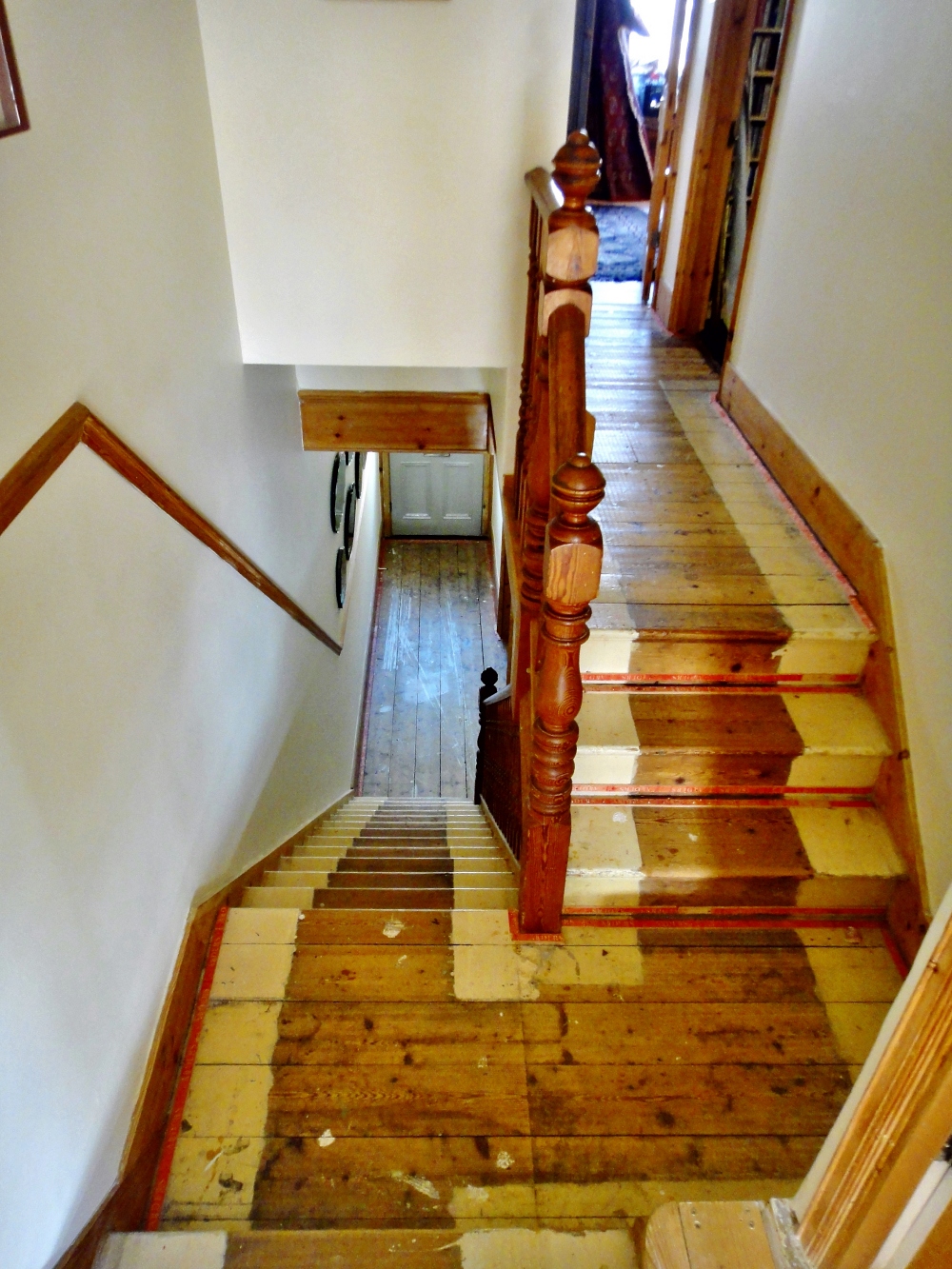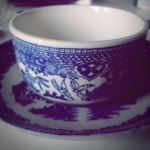Living in an older home can be a wonderful experience. Quaint features, secret doors, and a sense of connection to history are just a few of the benefits of living in a home that was built centuries before. But, along with these positive experiences can also come a variety of problems that can become tricky- especially if you don’t know about them before making an offer on your dream historical home. Here are 9 things about buying an older home that you might want to watch out for.

9) Asbestos
Once a common material for insulation and flooring, asbestos is now known to cause cancerous mesothelioma, usually of the lungs- though other organs can be effected. Because of its disease-causing properties if you find asbestos in a home there are steps that must be taken to properly (and safely) remove it and this doesn’t come cheap.

8) Lead Paint
Like asbestos, lead paint must be removed carefully since chipping paint (often found in old homes) can essentially aerosolize the lead in the formula, giving it an easy pathway into the body. Lead paint was common in homes up until 1978, so even “newer” old homes, like those built in the 1960s, have likely been painted with lead-based paint at some point.

7) Property Line Issues
Imprecise property demarkation along with long-lost “gentleman’s agreements” between neighbors can lead to some complicated property line assessments in the modern era. Fences may be far from the actual property line and dimensions of backyards may not be what they appear at first. These may not have been problems years ago, but they can definitely pose issues today and the cost of resolution should be considered when buying an older home.

6) Drafty Windows
These days we have double glazed windows with 2 sheets of glass and a tight fit into the window frame. But, as we all know windows of the past weren’t built like this. Crumbling, cracking, leaking, and drafty windows are common in old homes. Even into the 1960s and 1970s most windows were not made to be as hearty as what we have today. And, replacing or repairing the them can be quite expensive, especially for a Victorian house with lots of windows and doors.
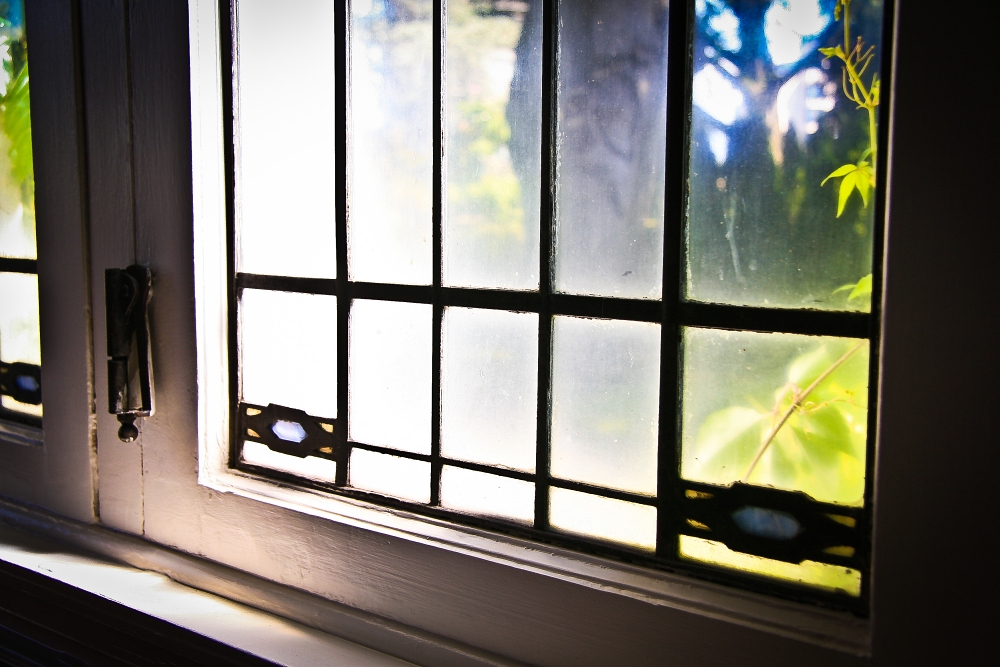
5) Finding Things in the Walls
If you get lucky you might find things inside the walls or floorboards, like letters, notes from the builders, or even bootleg alcohol! But, you may also find some spooky surprises like charms against witches hidden in the ceilings or even mummified animals that have been there for decades or centuries.
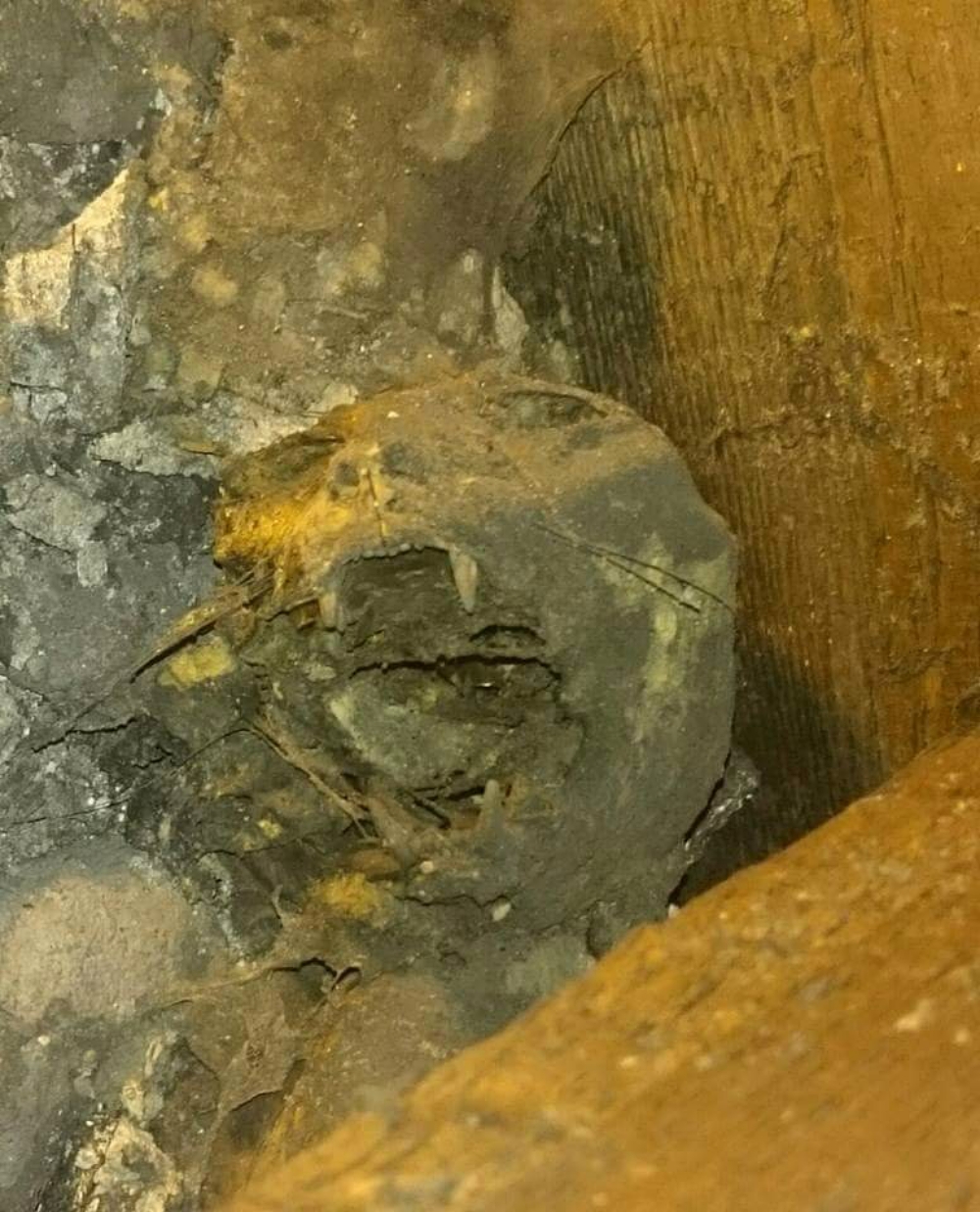
4) Dangerous Features
Before building codes required certain safety measures, many old homes were built to include unsafe features like stair banisters with lots of space in between and rooftop widow’s walks which were so-named because of how dangerous they were. The safety of your family and your guests should be factored into dealing features like these.
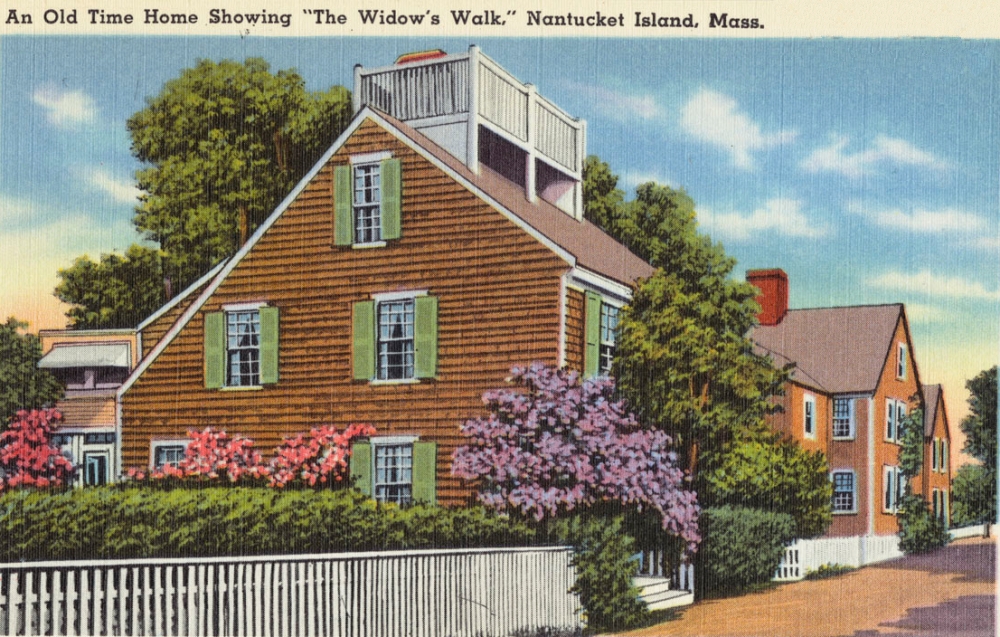
3) Wallpapers Galore
Unlike today where we have a huge array of paint colors available to us, in the old days wallpaper was the way that most people brought colors into their homes. It’s not uncommon to find many layers of wallpaper in old homes, which requires a lot of effort to properly remove. Sadly in many cases the wallpaper is too far gone to be saved and must be taken down and this can also damage the wall.
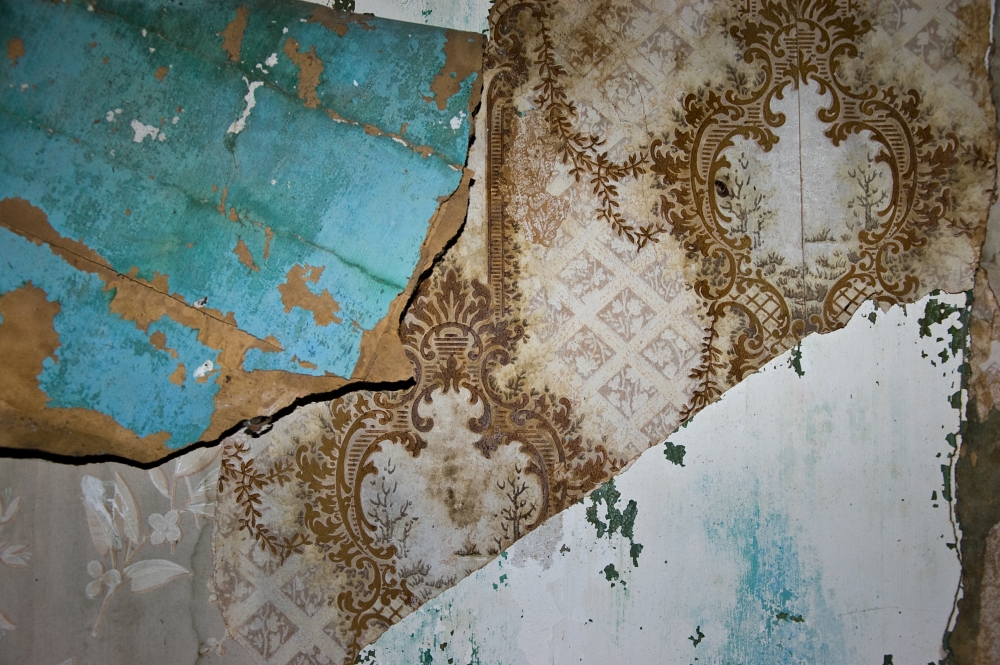
2) Low Water Pressure and Slow Drains
Anytime there is old plumbing present you can expect slow drains and/or low water pressure. These are common problems in older homes due to lack of proper pipe ventilation and other issues. Since re-plumbing can be mighty expensive often these antiquated systems are kept in place until something majorly breaks.
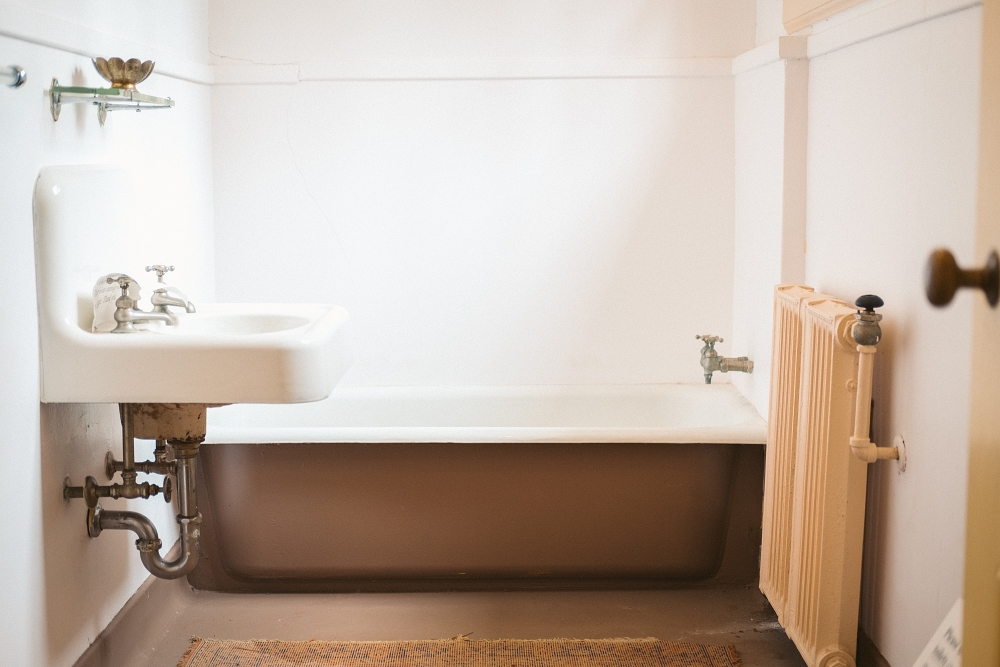
1) Loud Noises
In the 1800s most people would have been over the moon to live in a house that had wood floors, glass windows, and a proper kitchen. At the time noise absorption was not the foremost concern in most homeowners’ minds and so floors are often creaky, and radiators loud with windows that vibrate when the wind blows. The frame of the building also expands and contracts with any changes in temperature, but in modern homes these sounds are often abated by carpets and carpet pads, insulation, and other design features.
The noises of old houses is one reason why so many of them are assumed to be haunted. When there is no end to the variety of noises in an old building you can start to think the worst!
